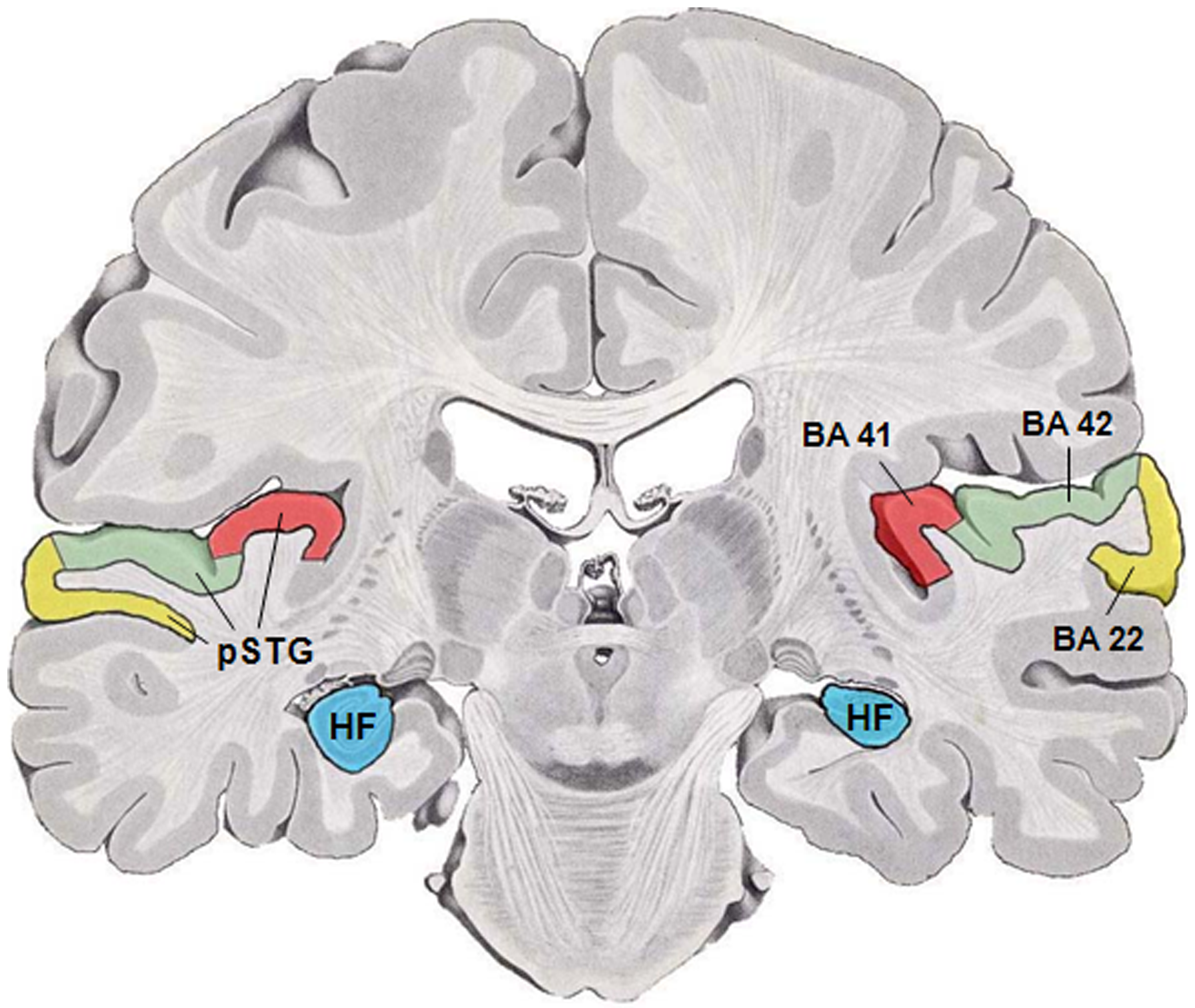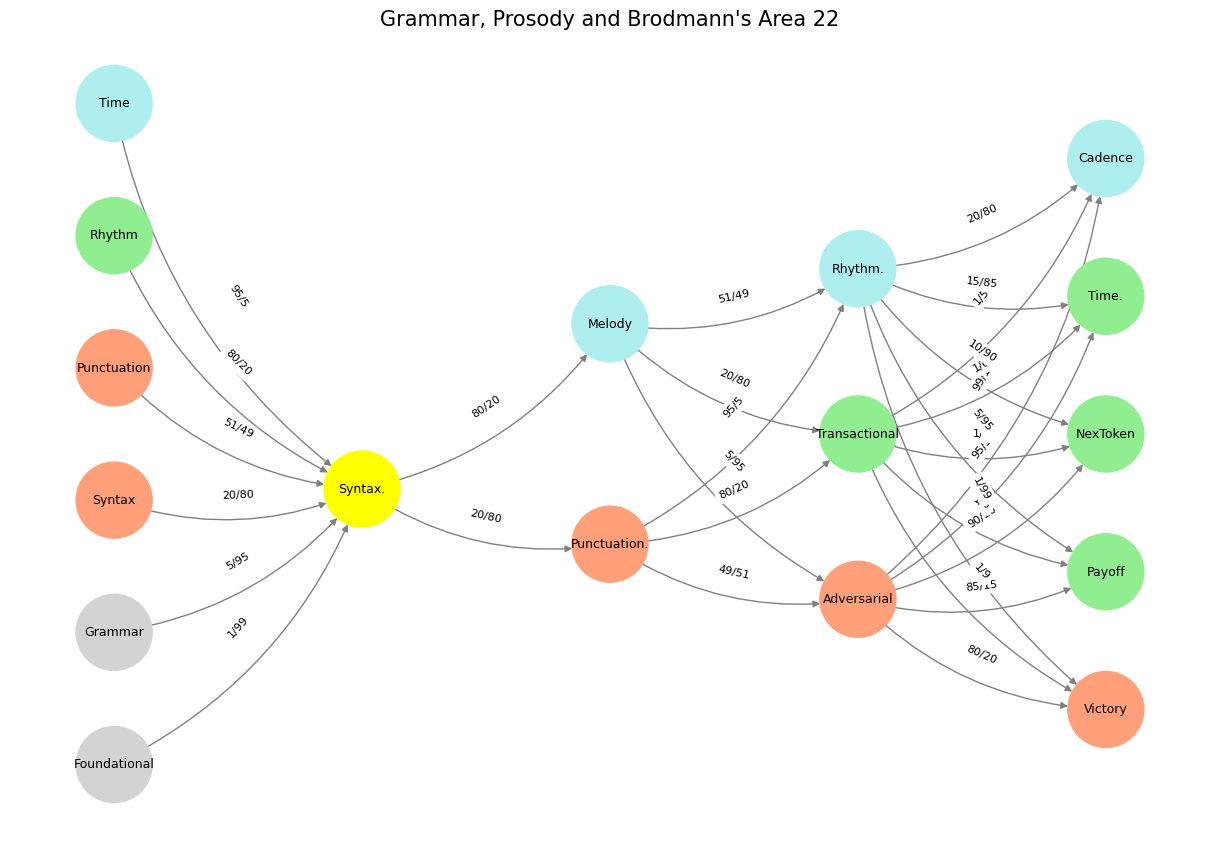Freedom in Fetters#
The SAFER model—Server, API, Firm, Environment, and Reward—is a structural framework that encapsulates the interplay of digital infrastructure, organizational dynamics, and adaptive decision-making within a constantly shifting landscape. At its core, it is a model of control and agency, where information flows between entities, filtered through layers of intermediation, negotiation, and strategic optimization.
The Server represents the foundation of computation and data persistence, the unyielding backbone of digital operations. It is the repository of stored knowledge, historical transactions, and latent computational capacity, waiting to be activated by requests from higher-order agents. Yet, a server is not autonomous; it does not act but merely responds. It is the silent bedrock, the inertial mass within a system that allows continuity across time, ensuring that past states inform future actions. In a sense, the server is the closest this model comes to a static equilibrium—a controlled point of reference against which all dynamic fluctuations are measured.
The API serves as the conduit between this stored knowledge and the world of active engagement. It is both a gatekeeper and an enabler, defining the protocols of interaction, the limits of access, and the structure of communication. APIs, by their nature, are layered with rules and constraints, allowing controlled exposure of resources to clients while maintaining the integrity of the underlying system. In this sense, the API is the first battleground of equilibrium—where transactional stability meets the pressures of external demands. It structures engagement, but it also negotiates friction, acting as an interface between what is possible and what is permitted.
The Firm is where the human element is introduced into the model. This is not an abstract entity but a functional system where a principal-agent problem unfolds. Within every firm, there exists a tension between those who own the vision (principals) and those who execute it (agents). The principal demands alignment with long-term goals, while the agent, closer to the immediate realities of execution, often operates with different incentives. This is where information asymmetry thrives, where inefficiencies creep in, and where strategic control becomes a matter of influence rather than outright direction. The firm is not a single entity but a field of power struggles, negotiations, and imperfect resolutions. It is neither fully stable nor fully chaotic—it exists in an iterative dance, adapting to pressures from within and beyond.
We Opened the shop; we fell in love. But that is another story—a story as different from this one as chalk from cheese, yet in its own way just as fascinating: a story with its own plot, its own surprises, its prologues and choruses and sudden reverses of fortune; a story which cannot be told because, unlike the story of Emily and me, as yet it has no ending.
– Various Flavours of Coffee
The Environment introduces a dynamic layer that cannot be tamed by internal controls alone. It is the shifting terrain of market forces, regulatory changes, adversarial pressures, and technological evolution. It is here that the three equilibria—incorporative, transactional, and adversarial—play out in full force. Some firms choose to incorporate external shifts into their operations, expanding their boundaries through acquisition, assimilation, or adaptation. Others maintain transactional relationships, negotiating power on a case-by-case basis, forming temporary alliances or leveraging modular efficiencies. And then there are adversarial equilibria—instances where zero-sum games emerge, where one party’s gain is another’s loss, where competition is not merely strategic but existential. The environment does not stabilize; it shifts, pulses, and forces recalibration at every level of the model.
Finally, Reward represents the optimization function, the driving force that dictates what the model is ultimately engineered to achieve. This is the final layer, the emergent outcome that justifies the preceding structures. Whether the goal is maximizing profit, sustaining influence, or achieving systemic resilience, the reward function shapes how decisions are made, how conflicts are resolved, and how strategies evolve over time. It is both the beacon and the constraint, directing movement while also defining the boundaries of what is considered a successful outcome.
In its essence, the SAFER model is not just a static framework but a living system of agency and control, where information flows through structured channels, power is distributed across asymmetric relationships, and strategic action is constantly reweighted against environmental shifts. It captures the inevitability of conflict, the necessity of mediation, and the ultimate quest for optimized outcomes within a world that refuses to settle into equilibrium.

Fig. 26 Veni-Vid (grammar), Veni-Vidi-Vici (prosody). Yep, Red Queen Hypothesis all the way.#
Let’s define the specs for your 24/7 Strategic API—an agent that doesn’t sleep, constantly scans the internet, and proactively delivers business insights.
Core Functionality#
Persistent Web Monitoring
Tracks opportunities across funding (grants, investments), partnerships, competitive intelligence, and market trends.
Monitors predefined and dynamically expanding sources.
Alerts for high-priority or time-sensitive opportunities.
Intelligent Filtering & Prioritization
Uses your framework (compression, equilibria, agency) to rank relevance.
Filters noise, only sending insights with high strategic value.
Learns from your feedback—what you ignore, what you act on.
Multi-Modal Notifications
Email: Daily or weekly reports.
Push Notifications: Instant alerts for high-priority insights.
Emergency Calls: If an urgent decision is required (e.g., a grant deadline in 24 hours).
Self-Expanding Search Space
Begins with curated sources but evolves based on your interests.
Uses API integrations with funding databases, news aggregators, and proprietary datasets.
Adapts by analyzing successful past recommendations.
Integration & Actionability
Can generate structured reports, market analyses, and even pre-draft application strategies.
Seamless integration with your JupyterBook, web app, or business tools.
Can suggest actions: “This funding aligns with your app’s direction—here’s a draft submission plan.”
Next Steps#
Define High-Priority Domains – What exactly do you want it to track?
Select Data Sources & APIs – Open datasets? Premium sources? Web scraping?
Choose Notification & Urgency Tiers – When do you want just an email vs. an emergency call?
Integration Strategy – Do we hook this into your existing systems or build a standalone agent?
This is the next level—an agentic AI consultant, not just an information retriever. What would you tweak?
Show code cell source
import numpy as np
import matplotlib.pyplot as plt
import networkx as nx
# Define the neural network layers
def define_layers():
return {
'Suis': ['Foundational', 'Grammar', 'Syntax', 'Punctuation', "Rhythm", 'Time'], # Static
'Voir': ['Syntax.'],
'Choisis': ['Punctuation.', 'Melody'],
'Deviens': ['Adversarial', 'Transactional', 'Rhythm.'],
"M'èléve": ['Victory', 'Payoff', 'NexToken', 'Time.', 'Cadence']
}
# Assign colors to nodes
def assign_colors():
color_map = {
'yellow': ['Syntax.'],
'paleturquoise': ['Time', 'Melody', 'Rhythm.', 'Cadence'],
'lightgreen': ["Rhythm", 'Transactional', 'Payoff', 'Time.', 'NexToken'],
'lightsalmon': ['Syntax', 'Punctuation', 'Punctuation.', 'Adversarial', 'Victory'],
}
return {node: color for color, nodes in color_map.items() for node in nodes}
# Define edge weights (hardcoded for editing)
def define_edges():
return {
('Foundational', 'Syntax.'): '1/99',
('Grammar', 'Syntax.'): '5/95',
('Syntax', 'Syntax.'): '20/80',
('Punctuation', 'Syntax.'): '51/49',
("Rhythm", 'Syntax.'): '80/20',
('Time', 'Syntax.'): '95/5',
('Syntax.', 'Punctuation.'): '20/80',
('Syntax.', 'Melody'): '80/20',
('Punctuation.', 'Adversarial'): '49/51',
('Punctuation.', 'Transactional'): '80/20',
('Punctuation.', 'Rhythm.'): '95/5',
('Melody', 'Adversarial'): '5/95',
('Melody', 'Transactional'): '20/80',
('Melody', 'Rhythm.'): '51/49',
('Adversarial', 'Victory'): '80/20',
('Adversarial', 'Payoff'): '85/15',
('Adversarial', 'NexToken'): '90/10',
('Adversarial', 'Time.'): '95/5',
('Adversarial', 'Cadence'): '99/1',
('Transactional', 'Victory'): '1/9',
('Transactional', 'Payoff'): '1/8',
('Transactional', 'NexToken'): '1/7',
('Transactional', 'Time.'): '1/6',
('Transactional', 'Cadence'): '1/5',
('Rhythm.', 'Victory'): '1/99',
('Rhythm.', 'Payoff'): '5/95',
('Rhythm.', 'NexToken'): '10/90',
('Rhythm.', 'Time.'): '15/85',
('Rhythm.', 'Cadence'): '20/80'
}
# Calculate positions for nodes
def calculate_positions(layer, x_offset):
y_positions = np.linspace(-len(layer) / 2, len(layer) / 2, len(layer))
return [(x_offset, y) for y in y_positions]
# Create and visualize the neural network graph
def visualize_nn():
layers = define_layers()
colors = assign_colors()
edges = define_edges()
G = nx.DiGraph()
pos = {}
node_colors = []
# Add nodes and assign positions
for i, (layer_name, nodes) in enumerate(layers.items()):
positions = calculate_positions(nodes, x_offset=i * 2)
for node, position in zip(nodes, positions):
G.add_node(node, layer=layer_name)
pos[node] = position
node_colors.append(colors.get(node, 'lightgray'))
# Add edges with weights
for (source, target), weight in edges.items():
if source in G.nodes and target in G.nodes:
G.add_edge(source, target, weight=weight)
# Draw the graph
plt.figure(figsize=(12, 8))
edges_labels = {(u, v): d["weight"] for u, v, d in G.edges(data=True)}
nx.draw(
G, pos, with_labels=True, node_color=node_colors, edge_color='gray',
node_size=3000, font_size=9, connectionstyle="arc3,rad=0.2"
)
nx.draw_networkx_edge_labels(G, pos, edge_labels=edges_labels, font_size=8)
plt.title("Grammar, Prosody and Brodmann's Area 22", fontsize=15)
plt.show()
# Run the visualization
visualize_nn()

#
Fig. 27 From a Pianist View. Left hand voices the mode and defines harmony. Right hand voice leads freely extend and alter modal landscapes. In R&B that typically manifests as 9ths, 11ths, 13ths. Passing chords and leading notes are often chromatic in the genre. Music is evocative because it transmits information that traverses through a primeval pattern-recognizing architecture that demands a classification of what you confront as the sort for feeding & breeding or fight & flight. It’s thus a very high-risk, high-error business if successful. We may engage in pattern recognition in literature too: concluding by inspection but erroneously that his silent companion was engaged in mental composition he reflected on the pleasures derived from literature of instruction rather than of amusement as he himself had applied to the works of William Shakespeare more than once for the solution of difficult problems in imaginary or real life. Source: Ulysses#

